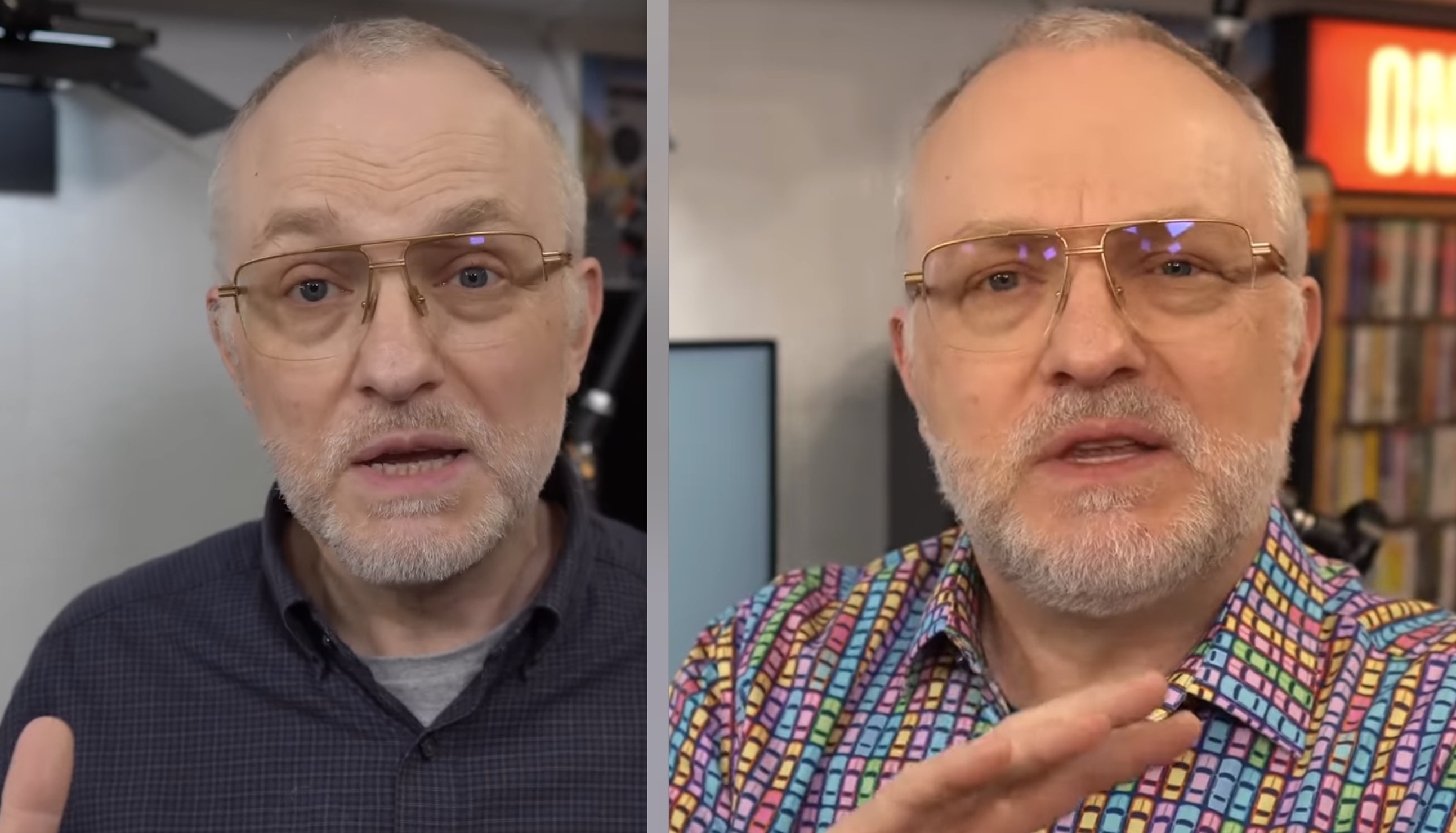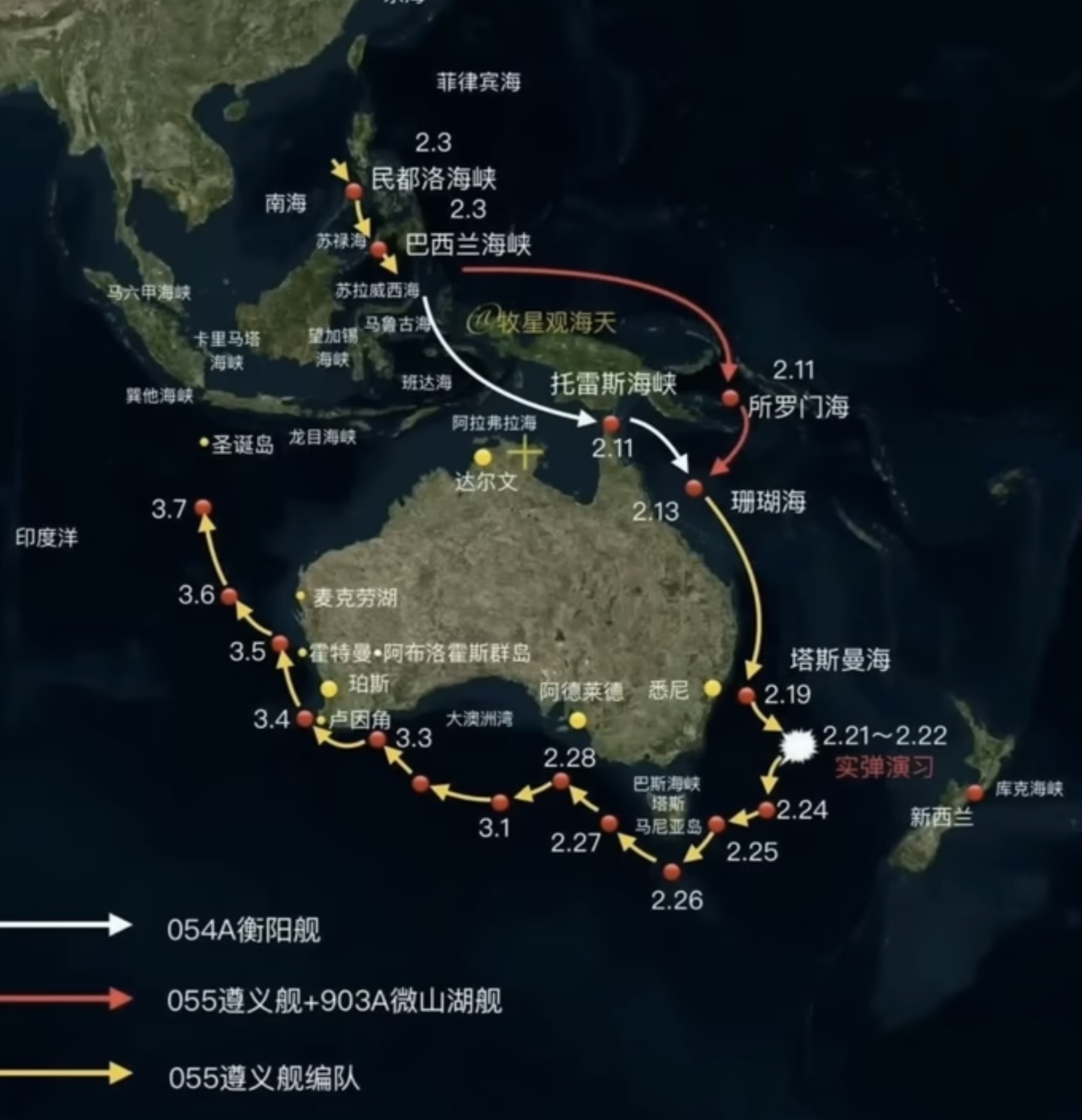Nutrition Epidemiology is a branch of pseudoscience. In this discussion, Prof Kay provides 7 major flaws (each of which are sufficient on their own) to invalidate and discredit nutrition epidemiology and nutrition epidemiologists as fantasists, pseudoscientists, and crackpots. These pseudoscientists have abandoned scientific discipline, and instead indulge in criminal propaganda. Check it out! Don't forget to subscribe, and hit the bell icon. Also leave me your thoughts.
Summarizer:
In this video, Professor Bart Kay argues that nutrition epidemiology is flawed and misleading due to seven main invalidating issues. He emphasizes that association does not imply causality, discusses problems with observational studies, and highlights biases in data collection and reporting that result in false conclusions about health outcomes related to nutrition.
Key Points
Association vs Causation
Professor Kay stresses that simply having an association between two variables does not prove that one causes the other. He gives the example of ice cream sales correlating with shark attacks, illustrating the fallacy of assuming causality from correlation.
Observational Study Limitations
Nutrition epidemiology relies on observational studies which lack control over variables affecting health outcomes. The inability to conduct controlled experiments limits the validity of conclusions drawn from these studies.
Respondent Data Issues
Epidemiological studies often depend on self-reported dietary data, which can be biased or inaccurate. People may misreport their food intake, leading to flawed conclusions.
Arbitrary Selection Criteria in Meta-analyses
Authors of meta-analyses can selectively include or exclude studies based on arbitrary criteria, potentially biasing outcomes to support a desired conclusion.
Publication Bias
Studies that yield negative or inconclusive results are less likely to be published, skewing the available literature and leading to inflated positive results in meta-analyses.
P-Hacking in Research
Researchers may manipulate data collection to achieve statistically significant results (p < 0.05), which can misrepresent the actual findings and contribute to flawed reports.
Misuse of Relative Outcomes
Epidemiological studies often report relative risks without presenting absolute risks, which can mislead the public regarding the actual impact of dietary choices on health.
Extrapolation of Findings
Findings from studies often conducted on older populations are generalized to the entire population, ignoring individual health variations and leading to inappropriate dietary recommendations.

